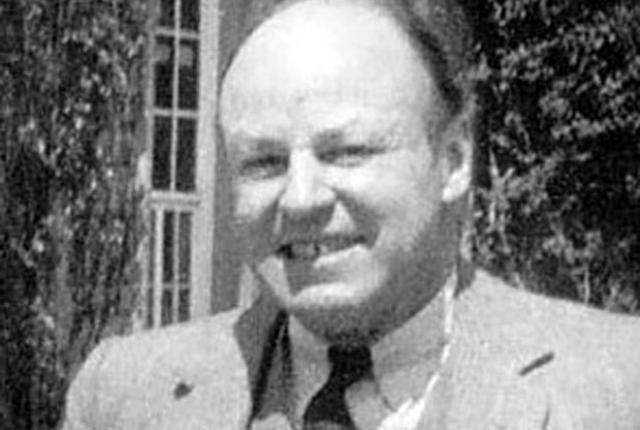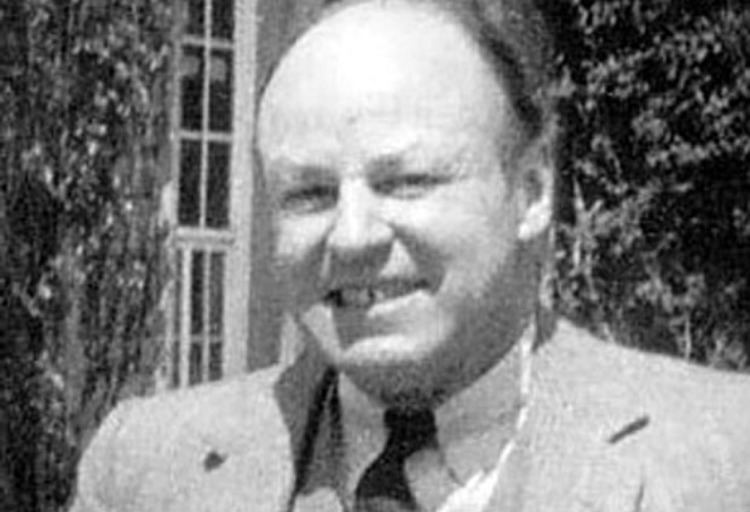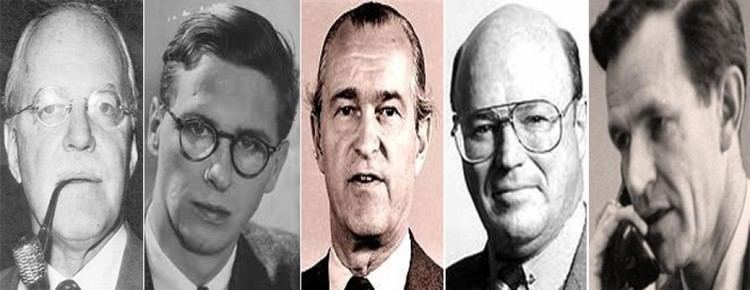Name Frank Wisner | ||
 | ||
Books Toward an Angola Strategy: Prioritizing U.S.-Angola Relations : an Independent Commission Report Similar Larry Devlin, Gardner Hathaway, Jack Devine | ||
Former u s ambassador to egypt frank wisner on why the situation in egypt is not a coup
Frank Gardiner Wisner (June 23, 1909 – October 29, 1965) was head of Office of Strategic Services operations in southeastern Europe in 1944-1945 at the end of World War II, and served as the 2nd Deputy Director of Plans in charge of the Directorate of Plans of the Central Intelligence Agency from August 23, 1951 to January 1, 1959.
Contents
- Former u s ambassador to egypt frank wisner on why the situation in egypt is not a coup
- Education
- Family
- OSS
- CIA
- Death
- References

Education

Wisner was educated at the University of Virginia, where he received both a B.A. and a LL.B. degree. He was also tapped for the Seven Society.
Family

Wisner married Florida's Mary Ellis 'Polly' Knowles (June 28, 1912 to July 9, 2002) and they had four children; Elizabeth Wisner, Graham Wisner, Ellis Wisner and Frank G. Wisner who entered into diplomatic service.
OSS

After graduating from university, Wisner worked as a Wall Street lawyer. In 1941, six months before the attack on Pearl Harbor, he enlisted in the United States Navy. He worked in the Navy's censor's office until he was able to get a transfer to the Office of Strategic Services (OSS). He was stationed first in Turkey, and then in Romania, where he became head of OSS operations in southeastern Europe. This happened just prior to the Romanian royal coup of August 23, 1944. At Wisner's behest, King Michael I of Romania permitted the United States to fly out Allied prisoners of war. On August 29, some 1,350 American airmen who had been held prisoners in Romania were rescued by an U.S. Air Crew Rescue Unit, with Soviet troops only days away from entering Bucharest. Despite continuing fighting between Romanian and Red Army forces, and the presence of the Wehrmacht and Luftwaffe in the immediate Bucharest area, the rescue team used the Popeşti-Leordeni Airfield. Twelve B-17 Flying Fortress flew out the prisoners in hourly shifts. In all, some 1,700 American POWs were rescued with the help of the Romanians.
Wisner reportedly grew to hate the Soviet Union during this period, particularly after witnessing a train full of Germans being sent to a labor camp in Russia.
Later, Wisner's main task was to spy on the activities of the Soviet Union. Wisner's agents managed to penetrate the Romanian Communist Party and the Red Army's headquarters in Bucharest. He learned that the Soviet Union planned to take over all of Eastern Europe, and was disappointed at the U.S. failure to move to prevent it. He advised the Romanian royal family to go into exile.
In March 1945, Wisner was transferred to Wiesbaden, Germany, where he served as OSS liaison to the Gehlen Organization. In 1945-1946, he returned to law practice, joining the New York City, New York law firm of Carter Ledyard.
CIA
While still in New York, Wisner was recruited in 1947 by Dean Acheson to join the State Department's Office of Occupied Territories in D.C. On June 18, 1948, the United States National Security Council approved NSC 10/2 which created the Office of Special Projects. The U.S. Department of State moved Wisner from its 'Occupied Territories' unit to the new 'Special Projects' unit and was named its 1st Director still accountable to the State Department. Later in 1948, on September 1st of 1948, the Office of Special Projects was unveiled as the renamed Office of Policy Coordination (OPC) with Wisner still in charge as Executive Director. The OPC initially received services from the CIA but was accountable to the State Department. Wisner was put in charge of the operation and recruited many of his old friends from the Carter Ledyard law firm. According to its secret charter, the OPC's responsibilities include "propaganda, economic warfare, preventive direct action, including sabotage, antisabotage, demolition and evacuation procedures; subversion against hostile states, including assistance to underground resistance groups, guerrillas and refugee liberation groups, and support of indigenous anti-communist elements in threatened countries of the free world."
Wisner oversaw the creation of stay-behind networks all over Europe.
The FBI Director, J. Edgar Hoover, became jealous of the CIA's growing power. He described the OPC as "Wisner's gang of weirdos" and began carrying out investigations into their past. It did not take him long to discover that some of them had been active in left-wing politics in the 1930s. This information was passed to Republican Party Wisconsin U.S. Senator Joseph McCarthy who started making attacks on members of the OPC. Hoover also gave McCarthy details of an affair that Wisner had with Princess Caradja in Romania during the war; Hoover claimed that Caradja was a Soviet agent.
J. Edgar Hoover and U.S. Senator McCarthy succeeded in forcing CIA director Allen W. Dulles to dismiss one of his key staff members, Carmel Offie, in 1953 over Wisner's objections.
On August 23, 1951, Wisner succeeded Allen W. Dulles and became the 2nd Deputy Director of Plans as head of the Directorate of Plans, with Richard Helms as his chief of operations. This office had control of about 75% of the CIA budget and used about 60% of all CIA personnel. In this position, he was instrumental in supporting pro-American forces that toppled Mohammed Mossadegh in Iran and Jacobo Arbenz Guzmán in Guatemala following the Alfhem affair.
Wisner worked closely with Kim Philby, the British agent who was eventually unmasked as a Soviet spy.
He was also deeply involved in establishing the Lockheed U-2 spy plane program run by Richard M. Bissell, Jr.
Wisner was devastated when the Soviet Union crushed the Hungarian Revolution of 1956. Soon after the Soviet crackdown on the Hungarian revolution, Wisner suffered a breakdown, and was diagnosed as a manic depressive. He underwent psychoanalysis and was subjected to electroshock therapy. After spending 6 months at The Sheppard and Enoch Pratt Hospital, he was released from there in 1958. And then on January 1, 1959, Wisner - due to his illness - was literally forced to leave his Office as the 2nd Deputy Director of Plans; Richard Bissell now became the 3rd Deputy Director of Plans.
The CIA Director Allen Dulles named Wisner Chief of the CIA's London Station, but he was still suffering from mental illness. In 1961, he was ordered from London to British Guiana to organize CIA activities there. In 1962, he was recalled to Washington, D.C., and agreed to retire from the CIA.
Death
Wisner committed suicide with one of his son's shotguns on October 29, 1965.
